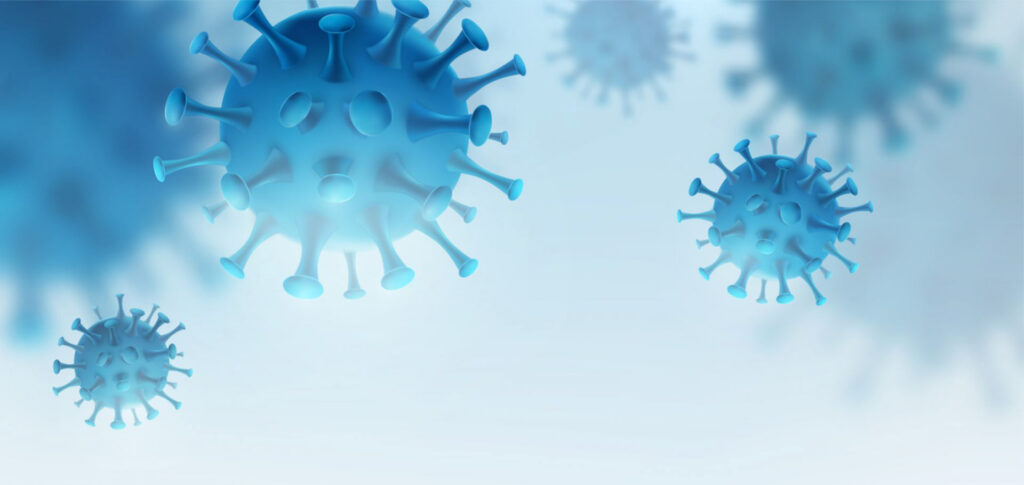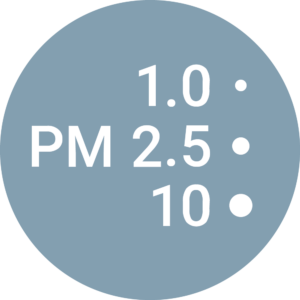From the harmful effects of particulate matter to how to reduce your risk, Venta breaks down the basics of particulate matter.
Particle Matter, often listed as simply PM or particle pollution, pertains to hazardous pollutants found in the air. Particulate matter is produced by everyday activities and objects, but that does not mean it cannot be reduced from your indoor air.
Types of Particulate Matter
Particulate matter refers to pollutants in the air which are made up of a mixture of solid particles and aerosols. These pollutants are nearly invisible, do not immediately sink to the ground, and can remain airborne for a certain period of time. Particulate matter found within indoor air is largely determined by the quality of the outdoor air. There are three types, or sizes, of particulate matter.
PM10
PM10 includes any particles that are 10 microns or smaller in size. These particles are inhalable and can often be seen by the naked eye. Sources may consist of construction site dust, unpaved roads, dirt, soot, smoke, bacteria, or mold. According to the California Air Resources Board, short-term exposure to PM10 can be associated with the worsening of respiratory illnesses such as asthma and COPD.
PM2.5
PM2.5 includes any fine particles that are 2.5 microns or smaller in size. These particles are also inhalable, though can be more of a significant hazard to your health as they remain suspended in your air for a longer period of time. Combustion sources such as fireplaces, cars, and power plants are often the primary source of PM2.5. Infants, older adults, and those with respiratory illnesses are most likely to experience health effects from particulate matter overall.
PM1.0
PM1.0 refers to ultra-fine particles that are 1 micron or smaller in size. While limited information is known about PM1.0, it is believed to be a major health concern. Sources may include dust, bacteria, and even viruses.
Health Risks of Particulate Matter
While particle pollution more commonly impacts infants, older adults, and those with respiratory or heart diseases, the rest of the population is not in the clear. According to the Centers for Disease Control and Prevention, particulate matter has been linked to eye, lung, and throat irritation, trouble breathing, issues at birth, and even lung cancer. Asthmatics can experience more severe symptoms, especially on days when pollution levels are high. Those with heart disease can experience serious problems when breathing in particulate matter, so it is important to understand the signs and take the appropriate precautions as needed.
How to reduce particulate matter exposure
When particulate matter levels are high, there are steps you can take outdoors to reduce vulnerability. Spending more time indoors when particle pollution is elevated, for example, is one option to take. You can also opt for easier outdoor activities, such as walking instead of running so you are inhaling less frequently. Avoiding more densely populated highways and roads will help avoid the particulate matter produced by vehicle emissions.
Although we are limited on how we can prevent exposure to particulate matter outdoors, there is help for your risk indoors. Venta Air Purifiers are an excellent way to filter indoor air pollutants down to a size as small as 0.07 µm.
The contents of the Venta blog are intended for informational purposes and are not intended to replace the advice of health and medical professionals. Always refer to your physician or other qualified healthcare professional for questions or concerns you may have about your health and wellness.


